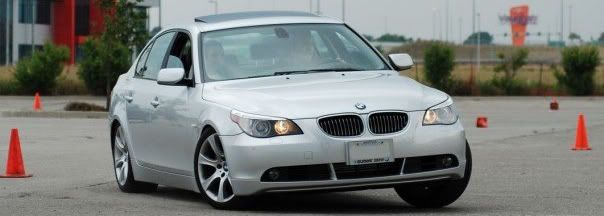No, no, no. The wheels are completely independent of what makes the plane fly. It doesnt matter if the wheels are spinning or not.
The plane could be parked, completely turned off with no one in it. If the weather goes crazy and suddenly there is a wind gust hitting the plane head on, matching the amount necessary for a plane to take off (example: 100knot headwind for a plane that requires 100knots to take off)... then the plane will take off... even with NO one in it.
The problem is that since we are assuming no headwind, and the belt doesnt allow the plane to move foward to generate this lift, then the plane cannot take off.
That's how I see it. I dare MythBusters to prove me wrong.
- Erick
The plane could be parked, completely turned off with no one in it. If the weather goes crazy and suddenly there is a wind gust hitting the plane head on, matching the amount necessary for a plane to take off (example: 100knot headwind for a plane that requires 100knots to take off)... then the plane will take off... even with NO one in it.
The problem is that since we are assuming no headwind, and the belt doesnt allow the plane to move foward to generate this lift, then the plane cannot take off.
That's how I see it. I dare MythBusters to prove me wrong.
- Erick



Comment